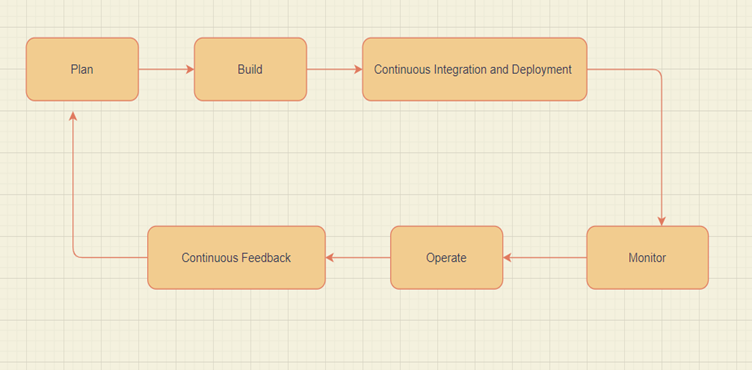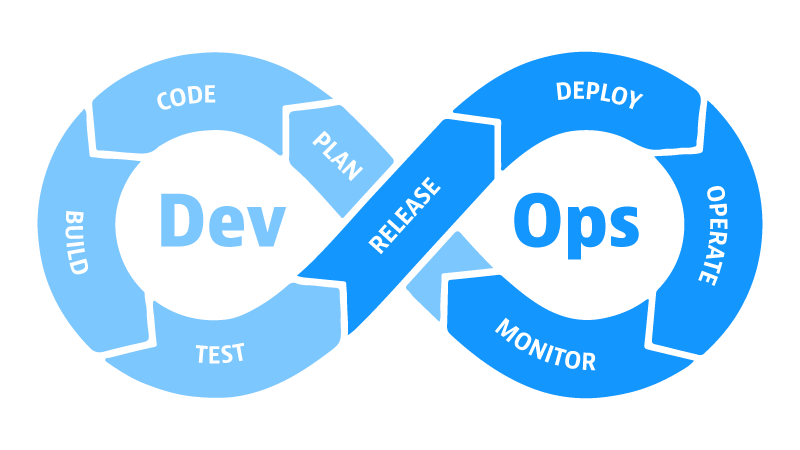DevOps
DevOps is a set of practices that combines software development and IT operations. It aims to shorten the systems development life cycle and provide continuous delivery with high software quality. DevOps is complementary with Agile software development; several DevOps aspects came from the Agile methodology.
DevOps Lifecycle

Plan: DevOps teams should adopt agile practices to improve speed and quality.
Build: Use a version control system which will with branching, merging, and rewriting repository history.
Continuous integration and delivery: CI/CD allow teams to release quality products frequently and predictably, from source code repository to production with automated workflows.
Monitor and alert: Quickly identify and resolve issues that impact product uptime, speed, and functionality.
Operate: Manage the end-to-end delivery of IT services to customers.
Continuous feedback: DevOps teams should evaluate each release and generate reports to improve future releases.
Benefits of DevOps
Speed: DevOps helped to move the product at higher pace so we can innovate for customer, adapt to newer market trends and grow more efficiently.
Rapid Delivery: It helps in increasing the frequency and pace of releases so we can improve and innovate the product faster. The quicker we can release new feature and fix bugs, the faster it reaches the customer. Continuous integration and continuous delivery are practices that automate the software release process, from build to deploy.
Reliability: It helps us ensure the quality of application by using practices like continuous integration and continuous delivery to test the functional changes.
Scale: Operating and managing your infrastructure and development processes at scale. Infrastructure as code helps you manage your development, testing, and production environments in a repeatable and more efficient manner.
DevOps practices
Continuous Integration: This is a practice of automating the integration of code changes into a software project. It allows developers to frequently merge code changes into a central repository where builds and tests are executed.
Continuous Delivery: This comes after continuous integration where we automatically deploy code changes to various environments. Continuous delivery pipeline is used where automated builds, tests and deployments are put together in one flow.
Automation: In DevOps this is one of the most important practice because it helps in moving through the process of developing and deploying more quickly. With Automation with pushing the code into the repository, we can trigger a build, test and deployment process which reduces time.
Monitoring: DevOps teams monitor the entire development lifecycle. This allows teams to respond to any degradation in the customer experience, quickly and automatically.
Benefits of a DevOps Culture
The business value of DevOps and the benefits of a DevOps culture lies in the ability to improve the production environment in order to deliver software faster with continuous improvement. You need the ability to anticipate and respond to industry disruptors without delay. This becomes possible within an Agile software development process where teams are empowered to be autonomous and deliver faster, reducing work in progress. Once this occurs, teams are able to respond to demands at the speed of the market.
There are some fundamental concepts that need to be put into action in order for DevOps to function as designed, including the need to:
- Remove institutionalized silos and handoffs that lead to roadblocks and constraints, particularly in instances where the measurements of success for one team is in direct odds with another team’s key performance indicators (KPIs).
- Implement a unified tool chain using a single application that allows multiple teams to share and collaborate. This will enable teams to accelerate delivery and provide fast feedback to one another.





